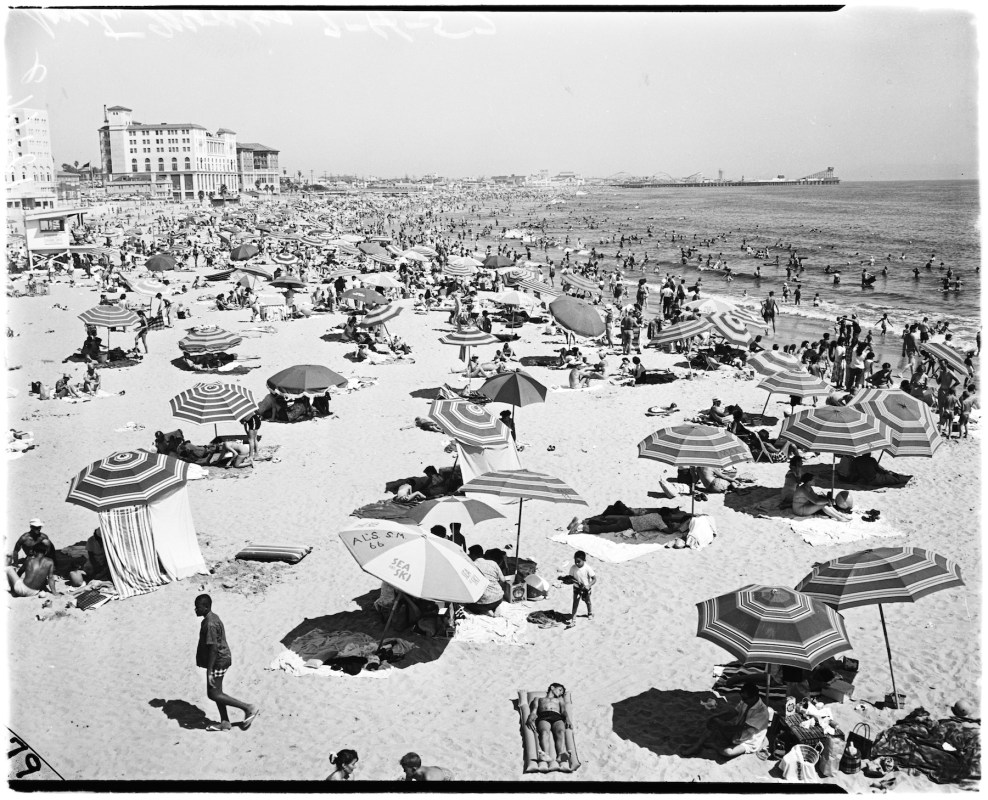Each June since 2013, Californian surfers have celebrated Nick Gabaldón Day.
The event commemorates the life of 1940s and ‘50s surfer Gabaldón, who was one of the first well-known black and Mexican-American surfers in the history of the state. Gabaldón drowned in a surfing accident at the age of 24 in 1951 — but has left behind a legacy of fighting racism at California’s beaches.
As a young surfer, Gabaldón would paddle an incredible 12 miles from his native Santa Monica to the beaches of Malibu, a habit some believe he developed to protect himself from potential dangers of being a black man in Malibu at the time. An accomplished surfer while still in high school, Gabaldón began to surf a great — riding the waves with some of the most famous white surfers of the era.
Gabaldón first started surfing in Santa Monica at Bay Street Beach, one of the select waterfronts that African Americans could enjoy in relative peace during the middle of the century. A plaque honoring Gabaldón describes Bay Street Beach as “a place of celebration and pain.”
The goals of Nick Gabaldón Day are twofold: to pass on the history of discrimination against African Americans at California’s beaches and to introduce kids in the community to surfing.
As historian Alison Rose Jefferson explained of her fellow Gabaldón Day organizers: “Gabaldón was challenging racial hierarchies in the Jim Crow Era. These scholars and activists are challenging other things. They’re all pioneers.”
Thanks for reading InsideHook. Sign up for our daily newsletter and be in the know.


















